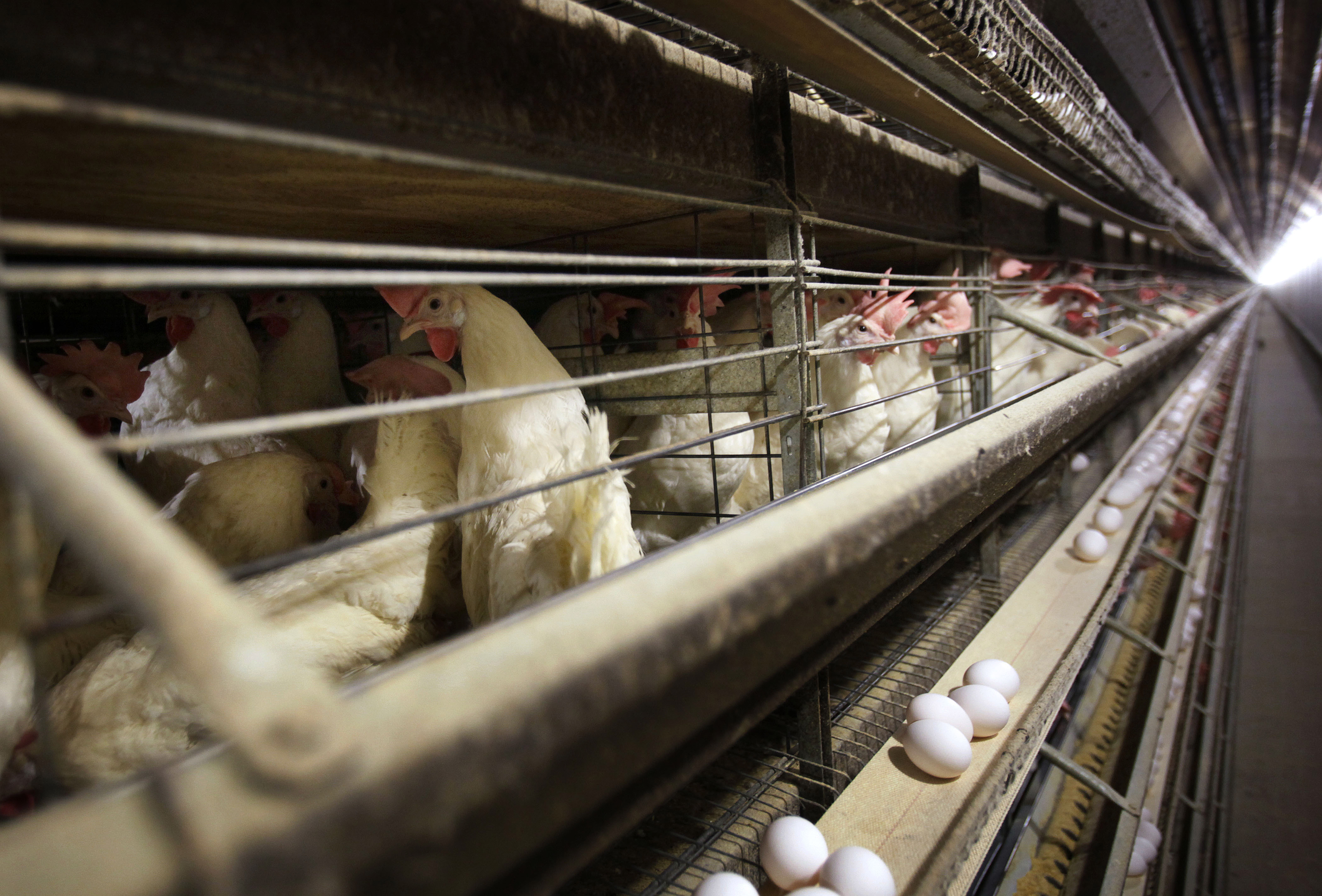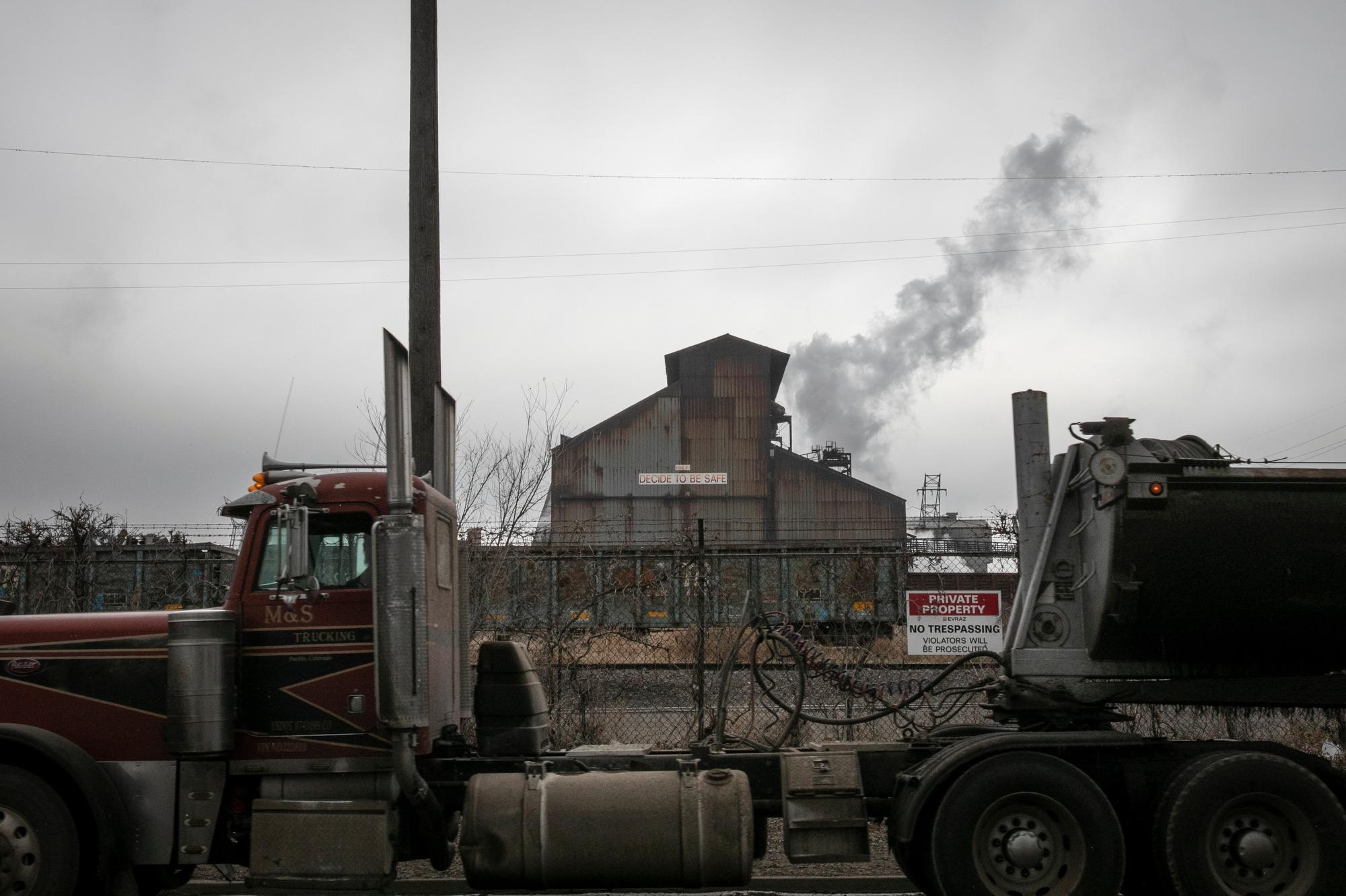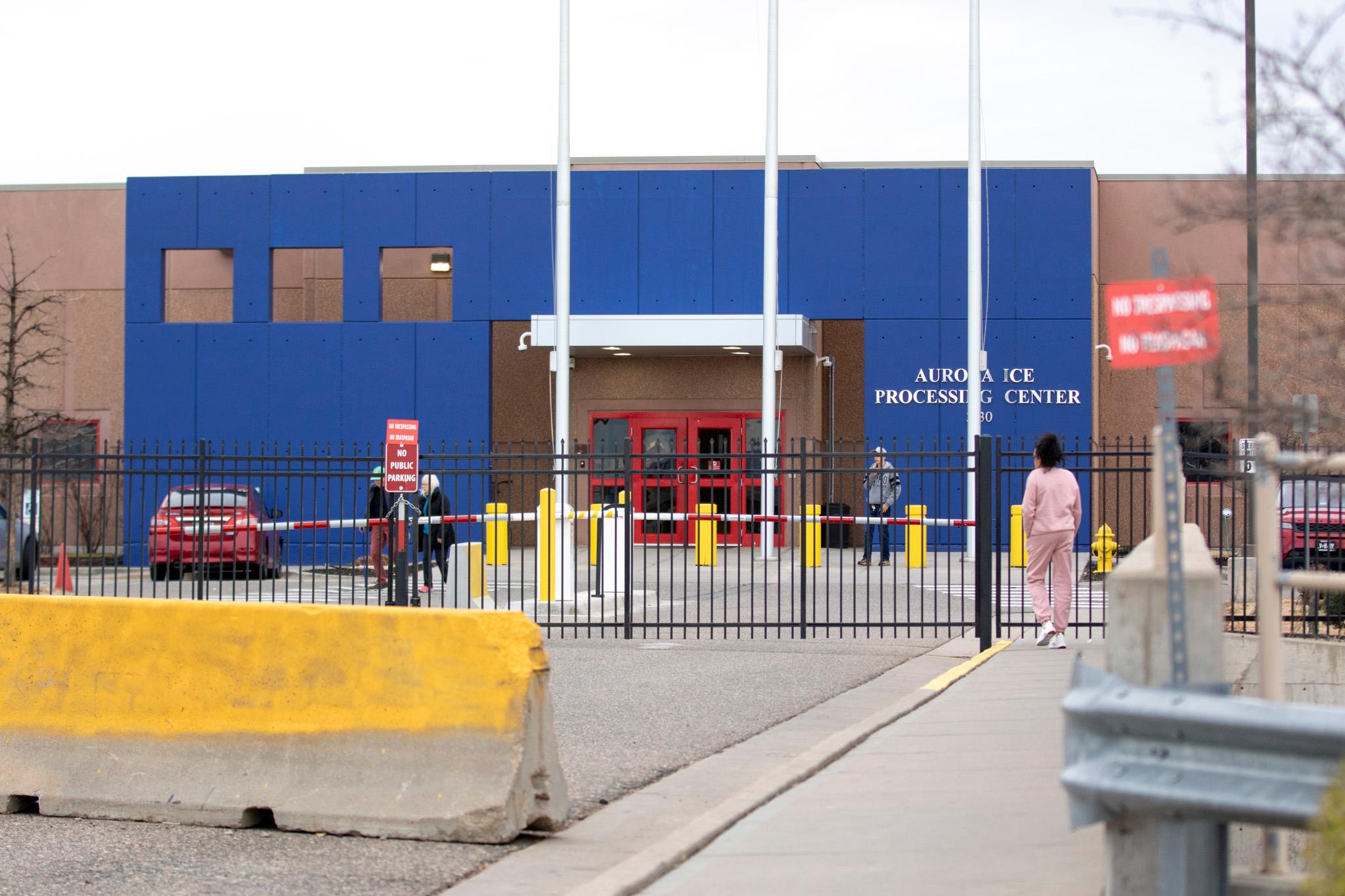
Colorado Governor Jared Polis extended on Friday the state’s bird flu disaster declaration. It was first issued in early July in response to an ongoing outbreak of avian flu in Weld County.
Friday’s move activated a state emergency plan and authorized an additional $3.5 million to be transferred from a state emergency fund to pay for costs associated with “monitoring and mitigation of disease spread, response…and recovery efforts.”
Friday’s executive order also lays out the timeline of the disaster emergency.
The avian flu, also called H5 bird flu or highly pathogenic avian influenza (HPAI), was first detected in wild birds in early 2022 in South Carolina and then a month later in the domestic poultry population in Indiana. In spring of 2022, it was detected in wild birds in Colorado.
It has since spread all over the U.S.
“It has a mortality rate above ninety percent in poultry,” the order stated.
In March of this year, the USDA confirmed detection of the virus in dairy cattle in the Texas Panhandle. Since then, it’s spread “cow-to-cow and farm-to-farm” to a dozen states and more than 160 dairies.
Colorado has the highest number of reported cases in U.S. dairy herds with 50 confirmed detections.
According to the declaration, money in the state’s current Disaster Emergency Fund is “insufficient” to pay for statewide monitoring and mitigation of disease spread, response and recovery related to the H5 avian flu response.
Therefore, Polis ordered $3.5 million from the State Emergency Reserve Cash Fund to be transferred to its Disaster Emergency Fund.
According to a new state website tracking the virus, the number of confirmed human cases remained at 10 as of Thursday, August 1, 2024, with about 134 people having been tested.
Colorado’s outbreak timeline
In early July, an employee at a dairy farm contracted Colorado’s first human case of avian flu this year.
Around the same time, the virus was confirmed in chickens at a commercial table egg layer facility in Weld County, affecting 1.8 million birds. Ten days later, it was detected in chickens at a second egg farm in the same county, with 1.4 million birds affected.
Less than a week later, HPAI was found in chickens at a third commercial facility with 300,000 birds. The flocks at all three facilities were culled — euthanized — in order to prevent further spread of the virus, including to humans.
That same day, five farmworkers at that third facility tested positive for H5 bird flu. More positive human tests followed.
As of July 23, a total of 10 people have confirmed infections associated with the Weld County outbreak.
All those infected have reported mild symptoms, like pink eye, and common respiratory infection symptoms. None required hospitalization. Health officials said they are not detecting any spread among the public.
Infected dairy cattle may be a key source of the virus infecting poultry, according to the order.
“Through genomic sequencing, it was determined that the strain of the virus in the poultry facilities is the same as that found in the affected dairies,” the order states. “This suggests that infected dairy cattle may be a significant source of the virus infecting poultry.”
Oversight of the emergency has involved the response and coordination of multiple state agencies, including the state’s agriculture, public health and environment, homeland security and emergency management departments, working with federal partners, including the U.S. Department of Agriculture and Centers for Disease Control and Prevention.









